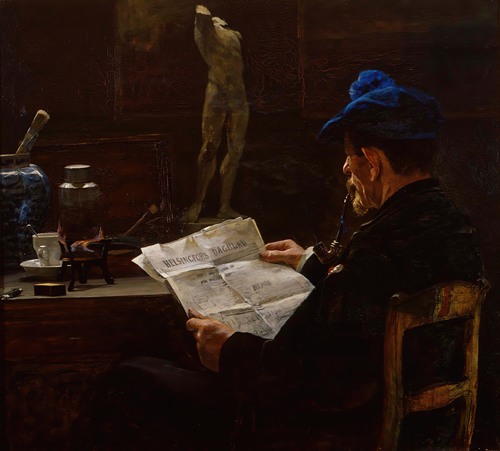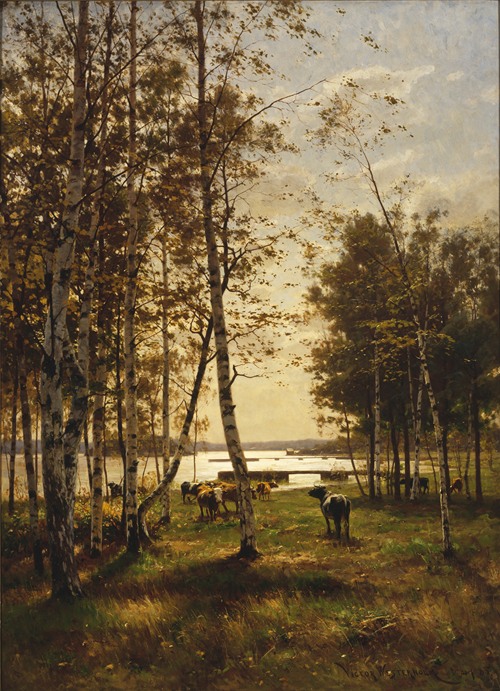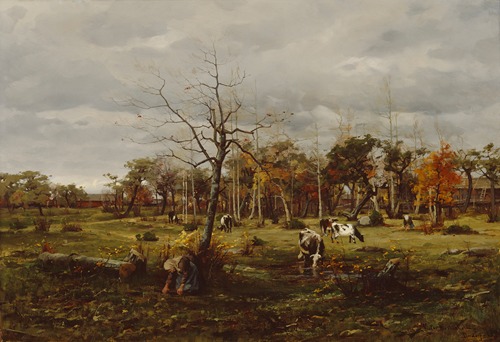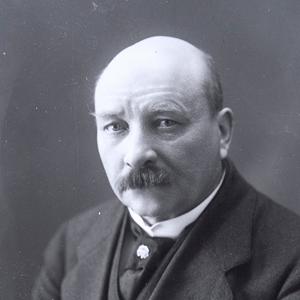






Victor Axel Westerholm was a Finnish landscape painter, especially known for founding the Önningeby artists' colony.
Victor Axel Westerholm was born in Turku in 1860. He was the son of Viktor Westerholm, a ship's master, and Maria Westerholm (née Andersson). As a child he spent a lot of time at the island of Nagu in the Finnish Archipelago. From 1869 to 1878 he studied at the Finnish Art Society's Drawing School in Turku, under Robert Wilhelm Ekman (1808–1873) and Thorsten Waenerberg (1846–1917); and as a young man he studied under Eugen Dücker (1841–1916) in Düsseldorf from 1878-1880. Much later he studied under Jules Joseph Lefebvre(1836–1911) at the Académie Julian in Paris from 1888-1890.
In 1888 he became a teacher at the school of the Society of Art in Turku, and in 1891 became the director of the Turku art museum.
He often painted winter landscapes and sunsets at his summer home, "Tomtebo", at the village of Önningeby in the Municipality of Jomala on the Åland Islands in the Baltic Sea. In 1886, he invited several artists to Tomtebo thus beginning the Önningeby artists' colony (Önningebykolonin). Visiting artists who spent time in Önningeby include J.A.G. Acke, Hanna Rönnberg, Elin Danielson-Gambogi, Edvard Westman and Elias Muukka. Since 1992 Önningeby-museet in Önningeby has exhibited a permanent exhibition of works by the Önningeby artists’ colony.
Westerholm was an instructor at Turku drawing school in 1887–1898 and 1904–1917. In 1891, he was elected as the curator of the newly formed Art Association in Turku.
In 1885, he married Hilma Alander. They had one daughter, Greta Westerholm. Westerholm lived in Turku where he died in November 1919 from a flu that turned into pneumonia.




